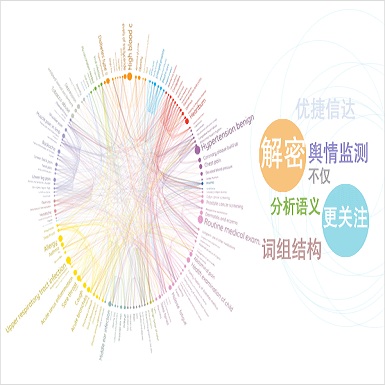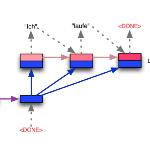We propose a novel graph-based approach for semantic parsing that resolves two problems observed in the literature: (1) seq2seq models fail on compositional generalization tasks; (2) previous work using phrase structure parsers cannot cover all the semantic parses observed in treebanks. We prove that both MAP inference and latent tag anchoring (required for weakly-supervised learning) are NP-hard problems. We propose two optimization algorithms based on constraint smoothing and conditional gradient to approximately solve these inference problems. Experimentally, our approach delivers state-of-the-art results on Geoquery, Scan and Clevr, both for i.i.d. splits and for splits that test for compositional generalization.
翻译:我们建议一种基于新颖图表的语义解析方法,解决文献中观察到的两个问题:(1) 后继2seq 模型在组成通用任务上失败;(2) 先前使用短语结构解析器的工作无法覆盖在树库中观察到的所有语义解析。我们证明MAP的推论和潜在标签锚定(对于低监管的学习来说是必需的)都是NP的难题。我们建议两种基于约束性平滑和有条件梯度的优化算法,以大致解决这些推论问题。 实验性地说,我们的方法在Geoquery、Scan和Clevr上提供了最新的最新结果,既用于i.d. d. 分裂,也用于测试构成通用的分解。




